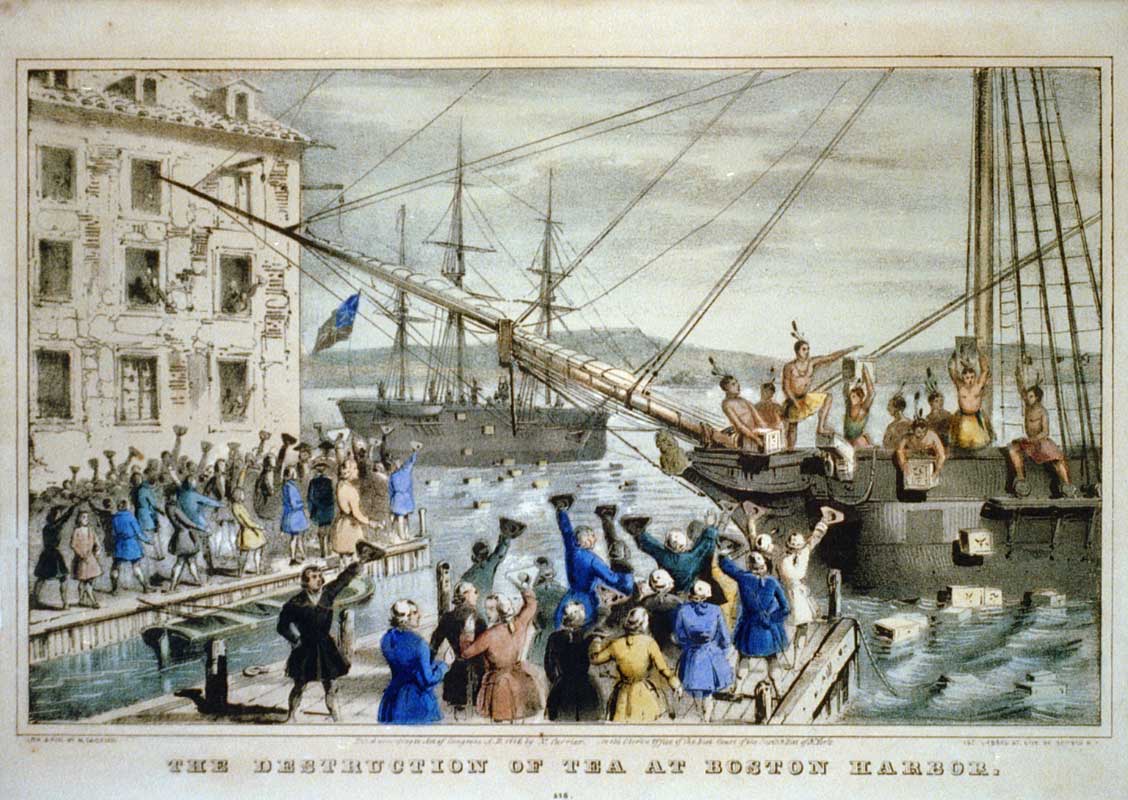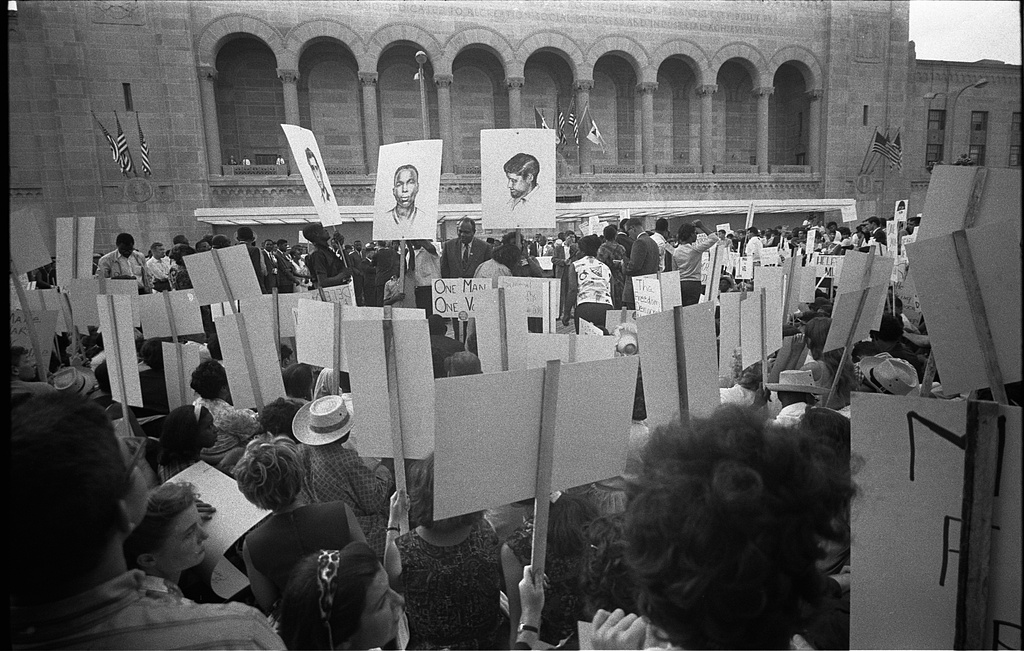Not long after Franklin D. Roosevelt was sworn in on March 4, 1933, he began work on his “big bill.” It embraced several of his highest aspirations: universal health care, old-age pensions, unemployment insurance, and more, including a provision to make the federal government the employer of last resort in what many economists considered a “mature” economy whose private-sector employment component was destined to be chronically deficient.
“I see no reason why every child, from the day he is born, shouldn’t be a member of the social security system,” he told Frances Perkins, his secretary of labor. “When he begins to grow up, he should know he will have old-age benefits. . . . If he is out of work, he gets a benefit. If he is sick or crippled, he gets a benefit. . . . And there is no reason why just the industrial workers should get the benefit of this. Everybody ought to be in on it—the farmer and his wife, and his family. . . . Cradle to the grave—from the cradle to the grave they ought to be in a social insurance system.”


